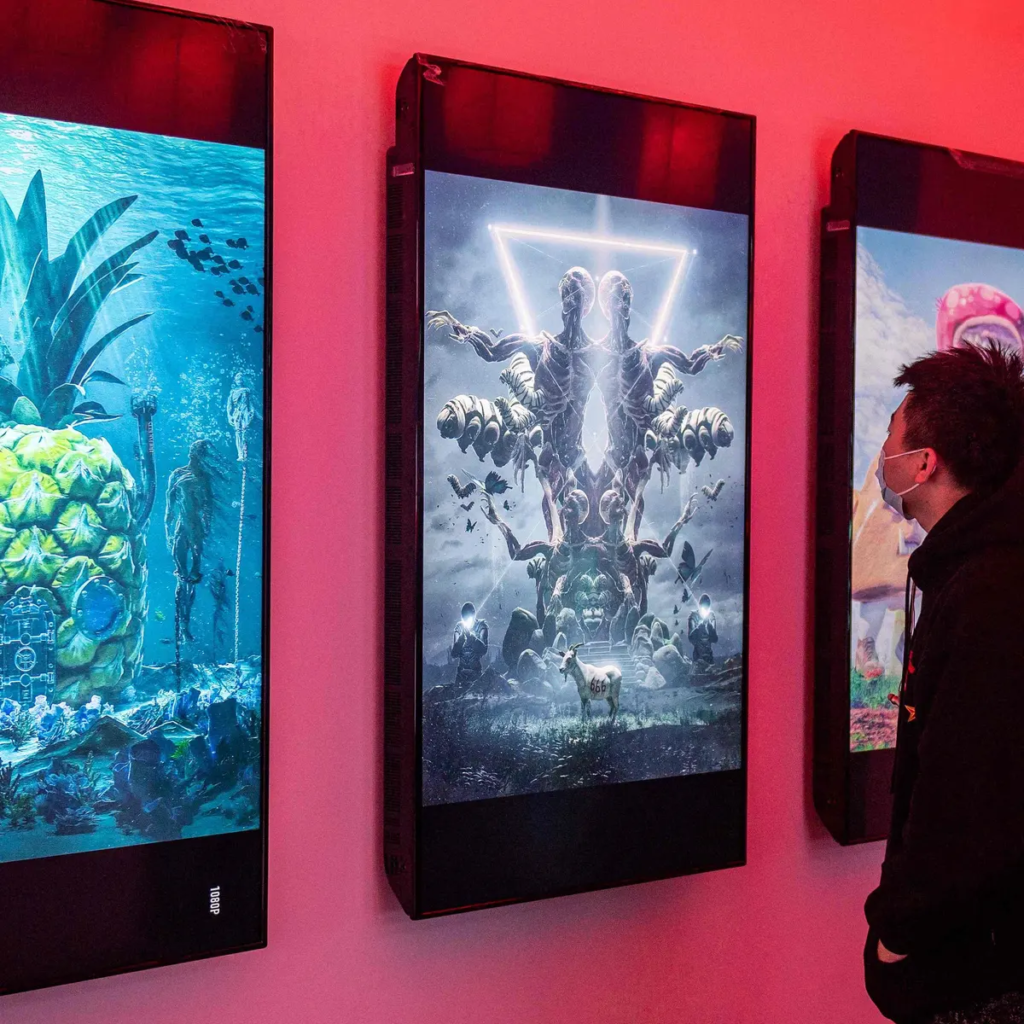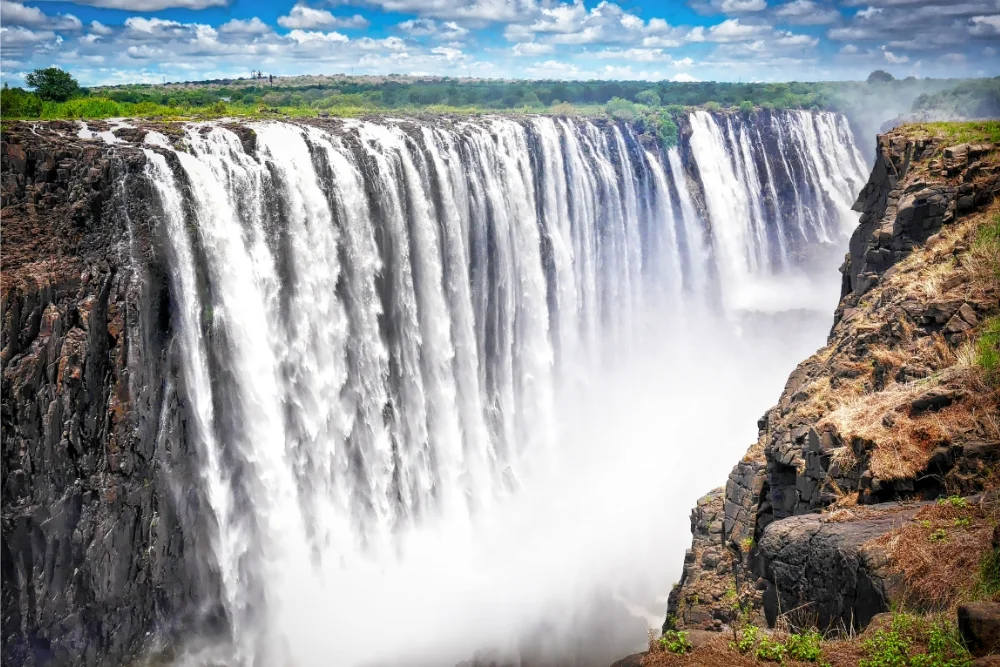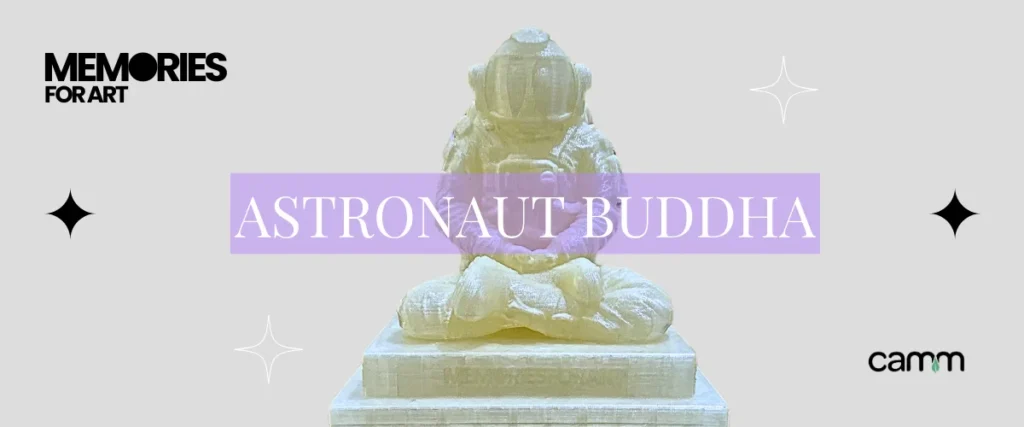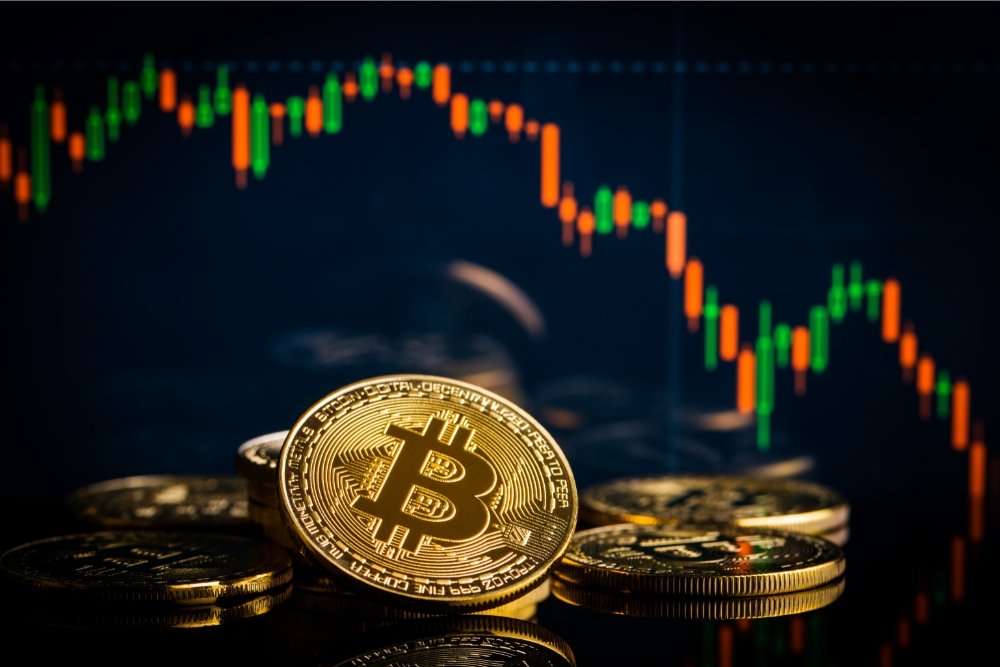Digital art has rapidly evolved over the past few years with new technologies such as virtual reality (VR) and non-fungible tokens (NFTs). In this article, we will explore how these developments impact the definition of digital art in an age where AI is becoming increasingly prevalent.
Evolution of Digital Art
Digital art has its roots in the early days of computing when artists began experimenting with computer-generated imagery. The emergence of digital art can be traced back to the 1960s when artists like Frieder Nake and Georg Nees used algorithms to create abstract patterns and shapes. However, it wasn’t until the 1980s and 1990s that digital art gained widespread recognition with the advent of computers and graphic design software.
Over the years, digital art has progressed in leaps and bounds. Advancements in technology have provided artists with more sophisticated tools and techniques to create their work. With the rise of digital photography and picture editing software, artists can manipulate and enhance their photographs in previously impossible ways. Digital painting software has also become increasingly popular, allowing artists to create stunning and intricate paintings using a digital canvas.
One significant impact of technological advancements on digital art is artificial intelligence (AI) integration. AI algorithms can now generate artistic content, analyze patterns, and mimic artistic styles.
It Has opened up new possibilities for artists, allowing them to collaborate with AI systems or use AI for inspiration and creativity. However, the role of AI in digital art is still a topic of debate, with questions about the authenticity and originality of AI-generated artwork.
Another technological advancement that has dramatically influenced digital art is virtual reality (VR). VR provides immersive experiences, allowing viewers to enter a digital world and interact with art in unimaginable ways.
Artists can create virtual exhibitions or installations that transport viewers to different realms and engage their senses uniquely. VR has expanded the possibilities for artistic expression, offering new storytelling and audience engagement avenues.
The Rise of NFTs
NFTs, or non-fungible tokens, have become a hot topic in the art market as they have the potential to modernize the way art is bought, sold, and owned. NFTs represent anything from digital artwork to music, videos, and even virtual real estate.
Benefits associated with NFTs
One of the critical benefits of NFTs for artists is that they provide a new way to monetize their digital creations. Artists can sell their art to collectors. Even after seeing it, NFTs allow artists to keep ownership and control over their work. It is a significant departure from the traditional art market, where artists often lose control over their work once it is sold.
For collectors, NFTs offer a new way to own and display digital art. Unlike physical artwork, which can be easily replicated or stolen, NFTs provide proof of ownership and authenticity. Collectors can also trade or sell their NFTs on various platforms, creating a new market for digital art.
Challenges associated with NFTs
There are also challenges associated with NFTs. One fundamental concern is the environmental impact of blockchain technology, as it requires a significant amount of energy to power and maintain. It has raised questions about the sustainability of NFTs and their long-term viability.
Another challenge is the problem of copyright infringement. NFTs have made it easier for artists to monetize their work, but they have also made it easier for others to copy and distribute digital art without permission. It raises questions about intellectual property rights and how they can be protected digitally.
Impact of NFTs on the Traditional Art World
The impact of NFTs on the traditional art world is still being debated. Some argue that NFTs could democratize the art market by allowing artists from all backgrounds to participate and profit from their work. Others worry that NFTs could further concentrate wealth and power in the hands of a few.
In terms of ownership in the digital realm, NFTs have challenged traditional notions of ownership. While physical art can be owned and displayed, digital art is more ephemeral and easily replicable. NFTs provide a way to establish ownership and authenticity in the digital realm, but they also raise questions about the value and uniqueness of digital art.
Thus, NFTs could revolutionize the art market by providing new opportunities for artists and collectors. They offer benefits such as increased monetization, proof of ownership, and the ability to trade digital art.
However, there are challenges to consider, including environmental impact, copyright infringement, and the impact on traditional art markets. NFTs also challenge conventional notions of ownership in the digital realm. The long-term effects of NFTs on the art world and the concept of ownership in the digital sphere are still unfolding and will continue to be debated.
Defining Digital Art in the Year of AI
The intersection of AI and digital art has opened up new possibilities in creating and curating artworks. AI algorithms can generate original artwork, analyze patterns and trends worldwide, and even curate exhibitions. This technology has significantly impacted the artistic process and human creativity.
In terms of creation, AI can generate new ideas and inspire artists to think outside the box. Artists can input specific parameters or styles into an AI program, and it will generate unique and original artwork based on those inputs. It can help artists overcome creative blocks or explore new artistic techniques.
Algorithms can also analyze vast amounts of data to identify patterns in the art world. Curators, galleries, and collectors can use this information to decide which artworks to exhibit or invest in. AI can sift through millions of images and identify similarities, helping to identify emerging artists or artistic movements.
Can a Machine truly Create something that is Considered Art?
The use of AI in art has also raised questions about the authenticity and value of AI-generated artworks. Can a machine truly create something that is considered art? Is there a human element missing from these AI-generated creations? These are questions that challenge our traditional notions of art and creativity.
While AI-generated art may lack the emotional depth and personal experiences of human creativity, it should still be considered authentic and valuable. AI algorithms are tools that artists can use to enhance their creative process, like a paintbrush or a musical instrument. The artist still plays a definite role in shaping and interpreting the output of the AI program.
Furthermore, AI-generated art can bring new perspectives and aesthetics to the art world. It challenges our preconceived notions of what constitutes art and pushes the boundaries of creativity. The value of AI-generated art lies in its ability to provoke thought, spark conversations, and set the boundaries of artistic expression.
Takeaway
Technology plays a vital role in defining what constitutes ‘digital art’ nowadays, especially with the rise in popularity of both VR and AR technology. As a result, it is up to individuals to determine if they want to define particular types of visual media in this category.







